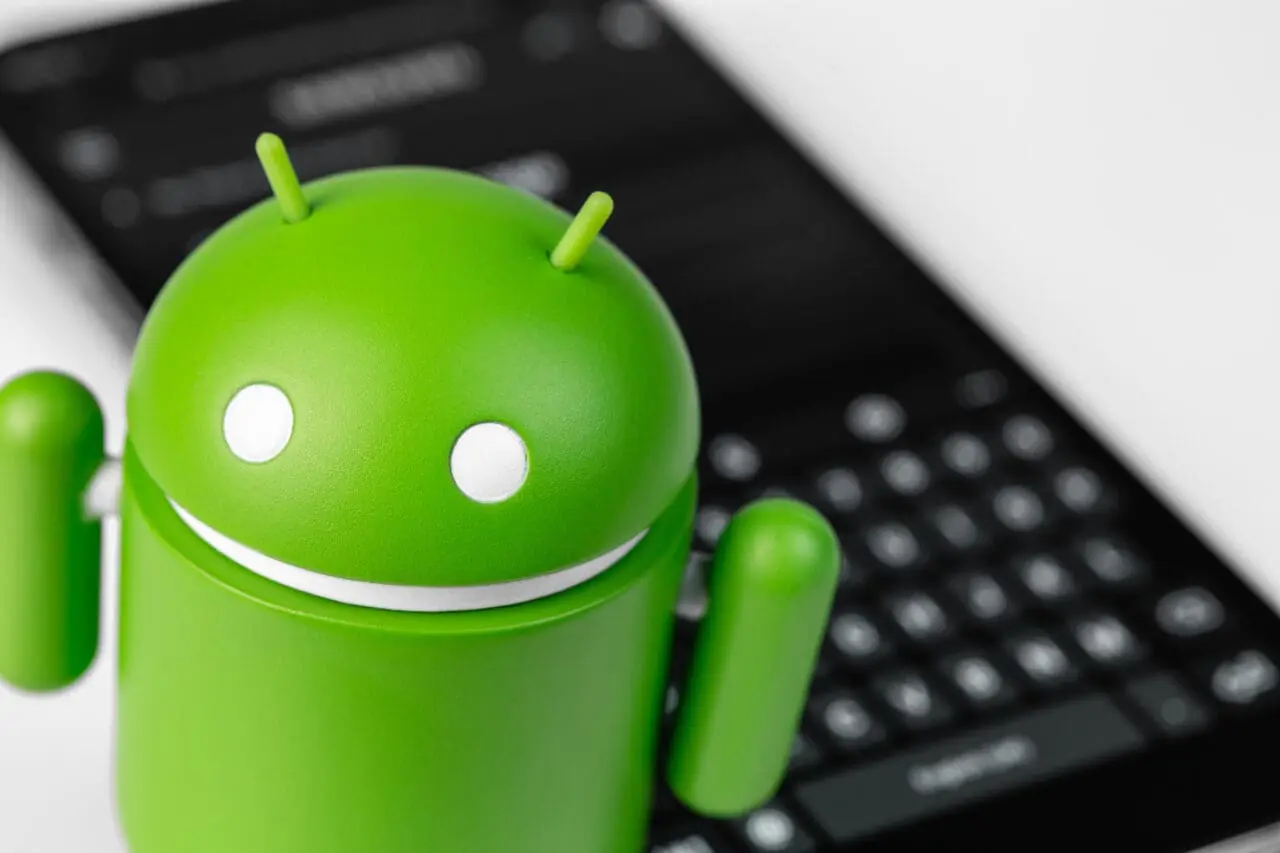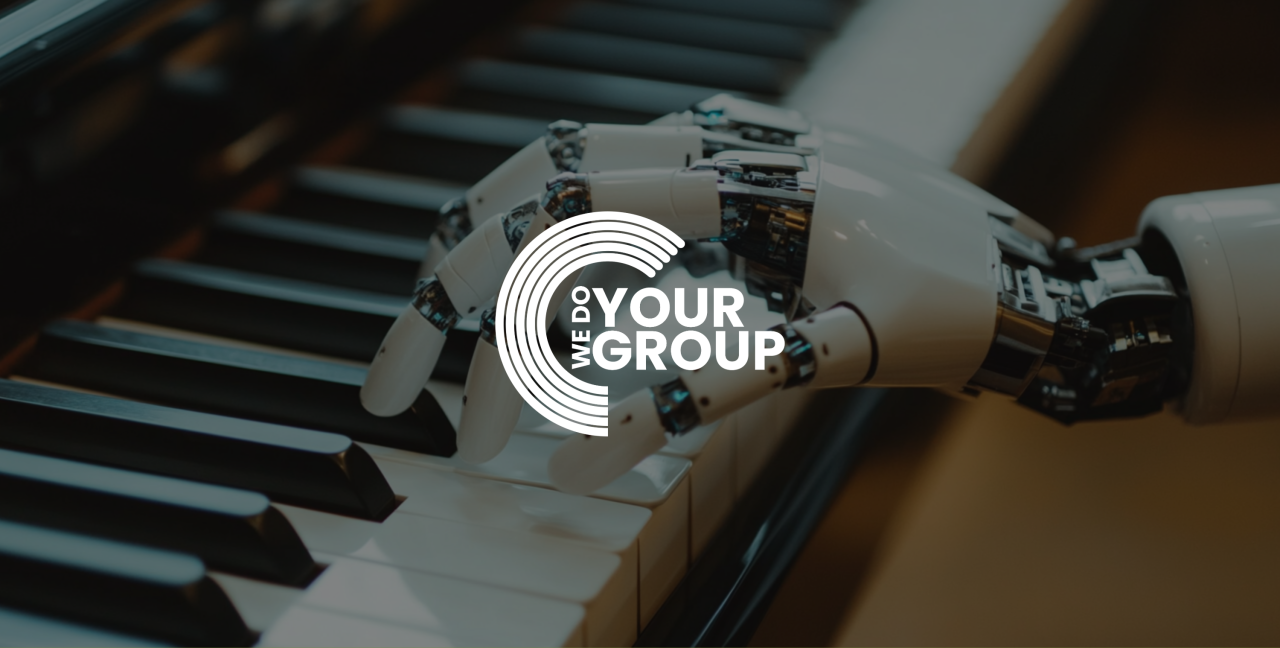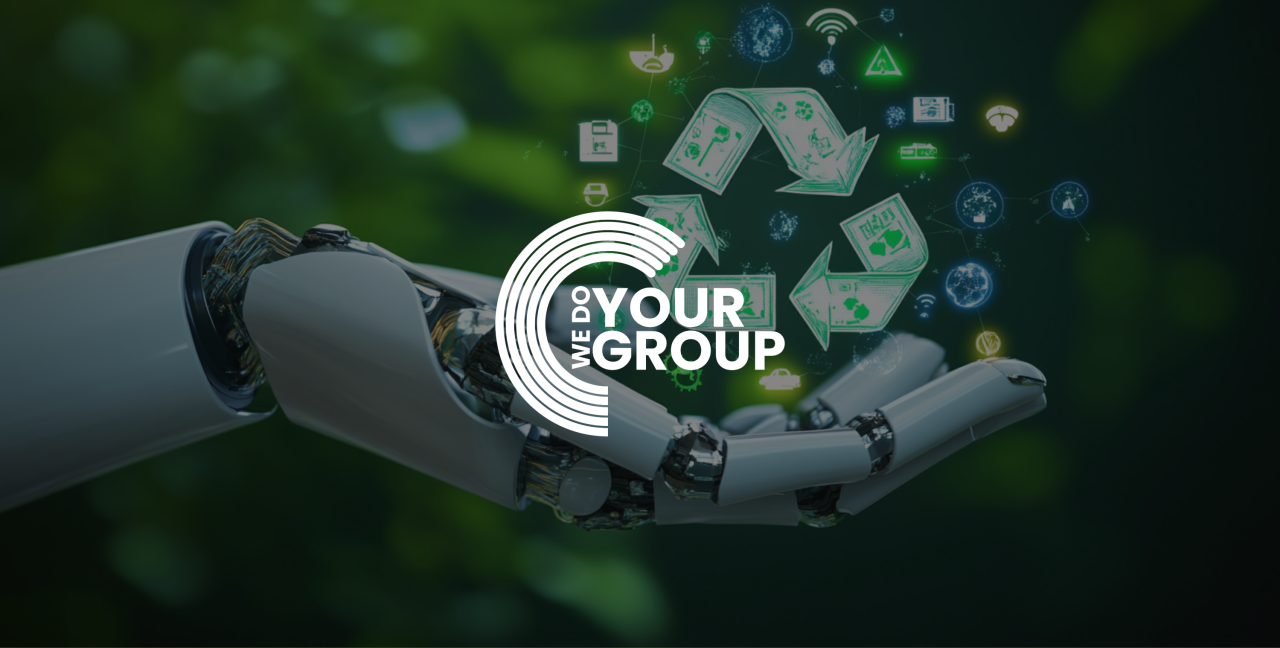
Android 13: Focused on work, but Still Enough for Play

With Google announcing that Android 13 gives businesses using Android Enterprise new ways to get more out of their devices, we look at what the more business-focused OS offers.
Simplifying The Separation And Management of Personal and Work Profiles
Android’s Work profile already helps keep company data accessible and secure, with personal profile data private and separate on a single device. This has proven to be useful with employees working from home and hybrid working. Google says Android 13’s Work Profile gives employees an even smoother experience, a more straightforward design, improved productivity, and new cross-device capabilities. It also offers more intuitive navigating between work and personal profiles while respecting cross-profile admin policies.
How?
Google says that Android 13 helps enable this separation by allowing employees to open an app in their work or personal profile, depending on where it’s installed. If they’d prefer to keep work-related content out of their personal apps, e.g. a work-related training video on YouTube, employees can choose to access that content in their browser instead. Also, Google says that with Android 13, employees can switch between work and personal photo galleries when sharing pictures with an app, granting access only to selected files rather than their entire media library.
More Productivity Tools and Features
Android 13 also offers more productivity tools in the work profile. For example, Smart dictation (available in work profile apps on Pixel devices) keeps corporate jargon dictated for work emails out of personal chats, and all Android 13 devices can now use Near-Field Communication (NFC) from work apps to enable users like digital access badges and tap-to-pay from work profile.
Security and Privacy Features
Android 13 has some security features that can also benefit businesses. For example:
– Integrations Between Phone Hub and Android and ChromeOS, allowing employees to respond securely and access work information on their phones, e.g. messages, notifications, and pictures, from their corporate Chromebooks, all protected by end-to-end encryption and company management policies.
– A new central hub that allows employees to manage device security and privacy settings, plus view company policies applied on the device and shared device data with IT admins.
– IT admins are given more control over device Wi-Fi connectivity for features like Wi-Fi Direct and Wi-Fi tethering.
– The addition of security logs for Wi-Fi, Bluetooth, and password activities is in line with National Information Assurance Partnership (NIAP) requirements.
– Faster security patching through Bluetooth and ultra-wideband (UWB), as well as the 30+ modules that can be updated remotely through Google System Updates.
Play
Android 13 may have a strong business focus, but there are still plenty of new features related to personal rather than business use. Just some of the many examples of these include:
– A new look and style that builds on ‘Material You’ so users can customise non-Google apps to match their phone’s wallpaper theme and colours, making the home screen more cohesive and unique to the user’s style.
– An updated media player that tailors its look and feels based on the music or podcast the user is listening to, e.g. spotlighting album artwork and a playback bar that dances as the song progresses.
– The ability to customise ‘Bedtime Mode’ with wallpaper dimming and a dark theme. These screen options can help a user’s eyes adjust to the dark just before bed and get back to sleep if they wake up and check their phone during the night.
– Gboard now enables users to “modify” their messages without the added effort of selecting emojis one at a time.
– HDR video support on third-party camera apps, an updated media output switcher, and braille displays for Talkback.
– The addition of new shared experiences in Google Meet, e.g. live-sharing to allow co-watching of YouTube videos instantly and playing classic games (UNO!™ Mobile, Kahoot! or Heads Up!) with up to 100 friends and family members at a time.
– Sound Notifications within ‘Live Transcribe & Notifications’, which can detect critical household sounds like fire alarms, running water and door knocks and alert the user on their phone or watch when they occur.
When?
Android 13 started rolling out to Pixel devices in the middle of August, with further rollouts over the coming months to Samsung Galaxy, Asus, HMD (Nokia phones), iQOO, Motorola, OnePlus, Oppo, Realme, Sharp, Sony, Tecno, Vivo, Xiaomi and more.
What Does This Mean For Your Business?
Not surprisingly, many of the new Android 13 features are focused on making it easier for remote and hybrid workers to separate and manage work and personal profiles on a single device, giving them more tools to help productivity and improve security. Android 13 also has features to make IT admins’ lives easier, e.g. more control over device Wi-Fi connectivity. Outside of work, there are plenty of new features to please Android users. However, following the rollout in August, many Google Pixel owners complained that the upgrade to Android 13 caused them problems charging their devices. The response so far, however, has been mainly good, and Google promises to add more features in the coming months as it hopes to compete favourably with the rollout of Apple’s iOS16.


